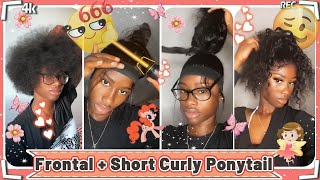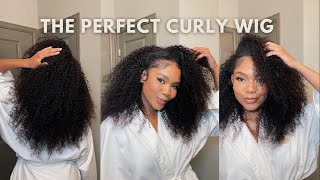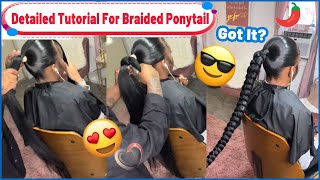Should You Even Worry About Single Strand Knots On Natural Hair?
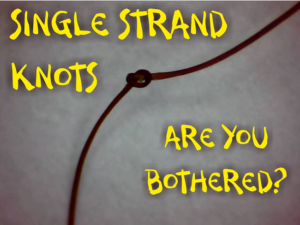 So perhaps you have just done your scheduled trim and you are feeling good, looking forward to continue with your journey to health so you can retain length.
So perhaps you have just done your scheduled trim and you are feeling good, looking forward to continue with your journey to health so you can retain length.
Then the unthinkable happens. ” Oh no I just got rid of those!” you say to yourself. You are annoyed, more that that, you are fuming. After trimming of the pesky little things they have come back like a thorn in your side. Sounds familiar?
Single strand knots, also called fairy knots because they seem to appear magically and are so tiny, can infuriate the heck out of you when you are on a mission for hair health and length. It seems that no matter how you get rid of them they come back with a vengeance sometimes a little higher up the strands.
If you have been seeing progress in your length, you may be rationalizing to avoid the inevitable. “Should you even worry about single strand knots on natural hair?” you ask yourself. Of course, the prospect of constantly trimming them off is in no way appealing since you would end up sacrificing length.
So What Is The Big Deal About SSKs Anyway?
These are knots that form on individual strands of hair when it shrinks completely before styling. What happens is that the hair curls up on itself, twisting into bends that result in the hair locking onto itself as you try to stretch it out again. These knots favor super coily/curly hair but don’t be fooled, they can appear on any hair type if styling options lend themselves to manipulation of elaborate proportions.
The presence of SSKs in abundance might be a sign that your hair is in a distressed state. That would mean that the health of your hair has seriously deteriorated and is begging for life support. These knots in abundance signal other problems such as split ends, dryness, brittleness amongst a variety of other factors.
If you have loads of ssks this should be cause for concern, since the only way to remedy the situation is to cut them off owing to the fact that they are usually too intricate or minute to undo. This is necessary because these bad boys can stunt the health of your hair and by extension, your growth aspirations, by snagging the strands next to them and creating tangles in the process.
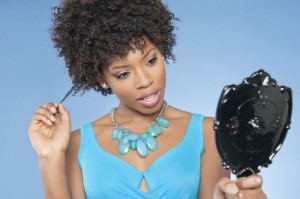 Precautionary Measures to Keep Them at Bay
Precautionary Measures to Keep Them at Bay
► Keep hair moisturized- I have found that since doing the GHE along with the LOC method, I have had considerably less ssks. This is because my hair has been kept moisturized which lessens the friction between strands. Also of great importance is the need to ensure that you drink lots of water to hydrate the hair from within.
► Limit “out styles” such as wash n’ gos and afro puffs or tufts since these lend themselves to shrinkage and dryness from environmental factors; two ideal factors for the creation of ssks.
► Do not skip the detangling process. When hair is not properly detangled, shedded hairs tend to tie themselves around single strands of hair, leading to the formation of ssks.
► Gently detangle hair to ensure that you do not end up forming more ssks and/or tearing out the ones that exist. This is where I would highly recommend the use of finger detangling to ensure that you are able to feel out the knots on your own
► Limit manipulation all together especially those of a vigorous nature.
► Keep hair organized by ensuring that you keep your tresses as elongated as possible. The more stretched out your hair is the less likely it is that you will develop ssks. These means that you should do your best to handle hair in sections. using loose twists, hair ties*, banding or threading and clips are some of the ways you might do this. If you are washing or styling your hair ensure that the hair is kept organized in order to limit the occurrence and/or abundance of ssks.
► Use products that give you great slippage so that you can lessen friction on the hair and make managing the hair easier. A good oil and conditioners or butters* will also help to keep your cuticle layers down so that your hair is not rough.
► Try to guard against exposure to the cold as well as excessive protein and glycerin in the wrong weather, all factors which can lead to hair being dry and rough.
► If your ends are rough, trim them off since rough cuticles are the perfect environment for the formation of ssks.
As the saying goes, prevention is better than cure, so if you do not have major issues with ssks, thank your lucky stars but do not become complacent, lest you fall ill to this critter.
The logical conclusion then, is that if your hair is super coily/curly then you ARE going to get some degree of ssks forming regardless of how exemplary your regimen is.
But excessive ssks (on most strands) is neither healthy for your hair, nor is it conducive to your length goals.

